Zero Net Energy is the New "Norm"
Healthcare Clinic Receives AIA Merit Award
Client: County of San Diego
Architect: HMC Architects
Tenant: North Coast Health and Human Services Center
Date: 2017
Sector: Healthcare
Size: 119,500 sq. ft.
McCullough Project Manager: David McCullough, ASLA, PLA
Services: Landscape Design, Environmental Planning
We recently completed an award-winning project for the County of San Diego, the North Coast Health and Human Services Center located in Oceanside. Collaborating with HMC Architects and Balfour Beatty, the teams were able to design and build for ZNE while working within rigorous budget constraints. Our firm believes it is important not to waste or misuse our valuable energy sources.
Energy neutral facilities could, and should, be the standard for all new construction, not just an occasional one-off project.
How Landscape Architecture Can Contribute to Sustainability
When planning for a ZNE project, commitment at the project’s early stage is key to its success. Due to the team’s focus and expertise for a ZNE project, we brought the project to completion on a limited budget while adhering to strict sustainable practices.
Zero Net Energy is just one component where landscape architects can add to the conversation. Our goal as designers is the siting of the building’s position to achieve the best exposure to the natural elements. The placement of site elements and plant material is important and can be affected differently during the varying seasons. For example, the placement of trees which lose their foliage during cool winter months can offer shade on the facility during hot summer months. This allows more sunlight to filter through to provide warmth. Wind screens and funnels can also be constructed to improve circulation and natural ventilation.
Condensate as a Plentiful Water Source for Irrigation
It is becoming increasingly cost-effective to remove a facility off a municipality’s potable water source. For example, at a recent project for Mesa College, our design captured the condensate from heating and air conditioning equipment and recycled it back into the irrigation system. Working with the mechanical plumbing engineer, it was determined that the amount of water generated, literally “out of the air” in the form of condensate was substantial, with the source available year around and not just in the summer. Early calculations indicated that the water generated from condensate was far more than the plants needed each month. The college was able to irrigate the site without any supplemental potable water. The upfront cost of the installation of storage facilities and a pump to pressurize the water sufficiently offset the cost of the water that would have otherwise been purchased from the City of San Diego water utility.
Additionally, McCullough recommended using a space under a loading dock, waterproof it and use it for water storage, which further lowered the upfront cost.
Stormwater Management Strategy Provides Environmental Benefits
At the North Coast Health and Human Services Center, our designers specified native California plant material which allows the irrigation system to be turned off entirely once the plants are established and matured. Landscape stormwater basins surround the site, which capture stormwater runoff. The water is naturally cleaned and retained to either evaporate or percolate into the ground. Stormwater percolating into the earth has larger benefits than water cleaning as it helps to regenerate the local aquifers.
In coastal regions, where aquifers are being depleted by wells and drought, a serious concern is what’s called “saltwater intrusion.” The saltwater in the ocean is moving into the aquifers and further inland, rendering wells with brackish, unusable water. For this reason, communities such as Ventura County on the central coast of California, have invested billions of dollars to build facilities that divert river waters into holding ponds where the water slowly percolates into the ground.
Today, Zero Net Energy buildings are an important part of McCullough’s commitment to designing resilient communities. However, landscape architects should be able to create more solutions to sustainability, perhaps by designing restorative sites that are efficient and create less waste. To challenge the built environment industry further, landscape architects can, with little to no extra cost, help guide solutions for more than individual sites and influence the surrounding areas and even the regions. We have an opportunity to introduce regenerative elements in our designs such as:
Selecting trees that are best suited to clean air.
Stormwater practices that offer cleaner, regenerative water supplies.
Trees that are more capable of sequestering carbon in our atmosphere.
These are just a few ways our regenerative principles can and should employ in every project, regardless of size and scope.
In a world where so much of the recent conversations have been about the problems, it’s time we focus on solutions.
As landscape architects, the change must begin right here at McCullough. The North Coast Health and Human Services Center is just one example where the entire team pulled together to develop sustainable solutions and create an outstanding outcome for the client and the environment. We’re proud to have a been part of the team on this ZNE facility, perhaps even regenerative, and it was completed with a cost-saving budget!
That’s the “grit, soul and style” of the McCullough team.
David McCullough, ASLA, PLA
Principal Landscape Architect
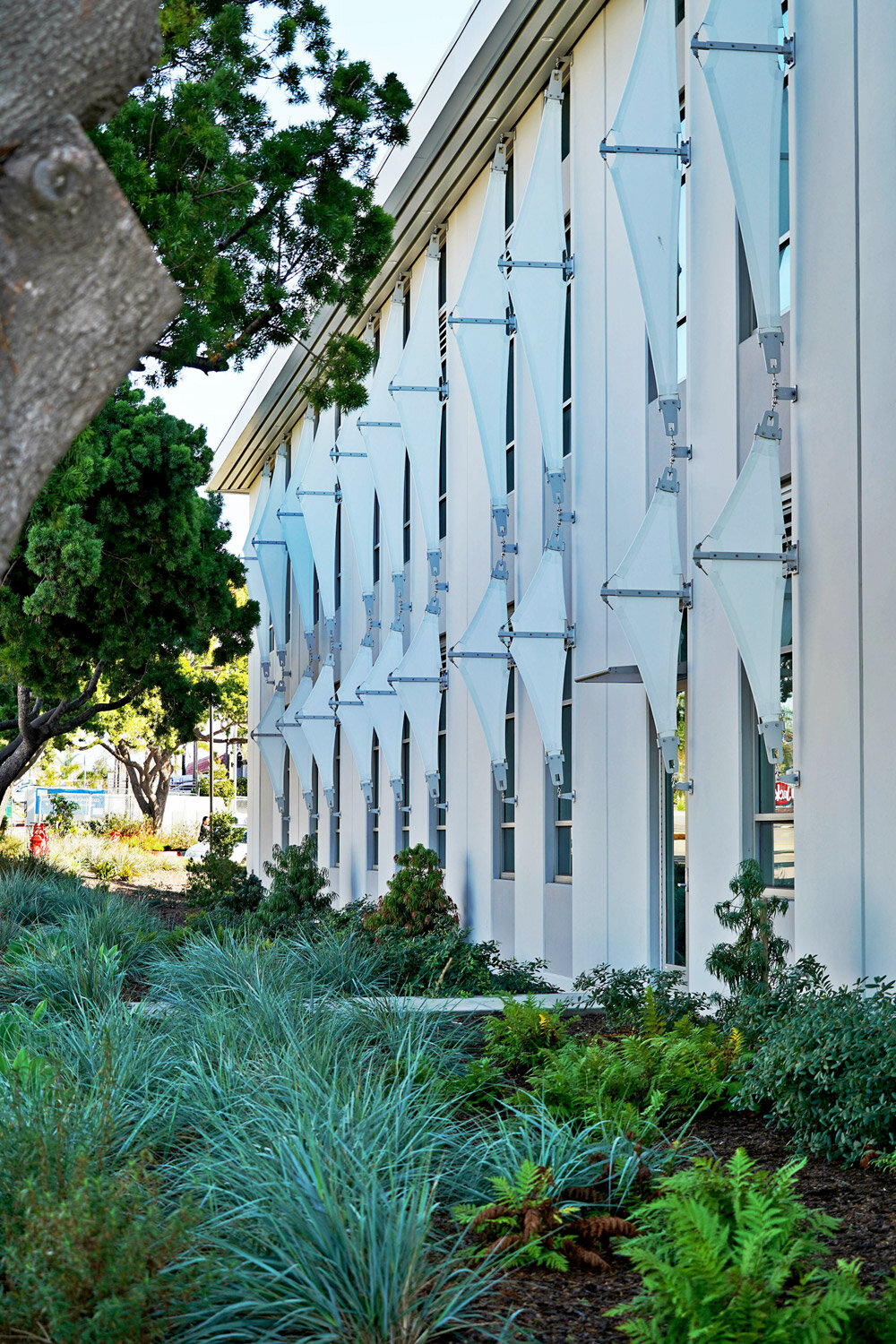

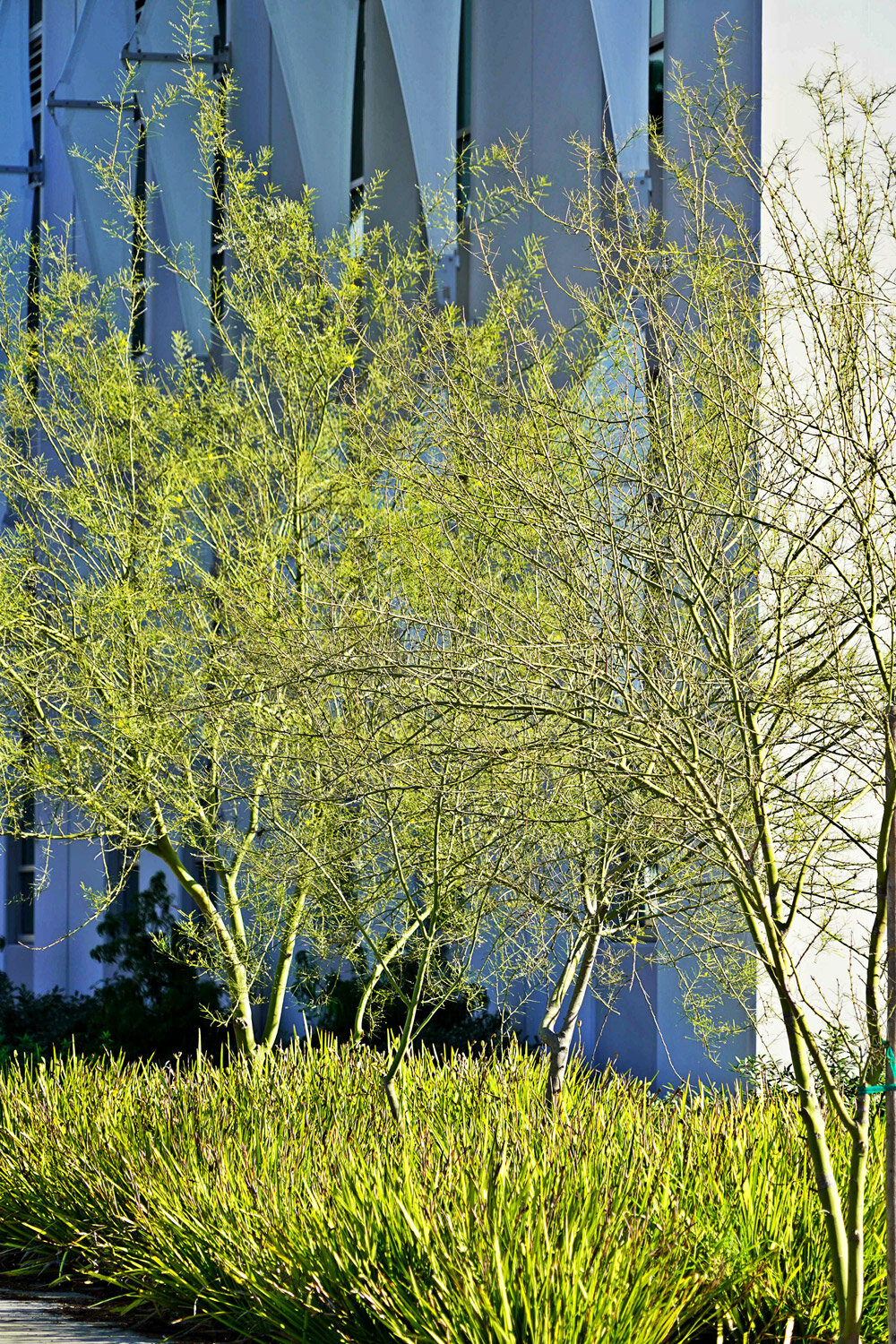
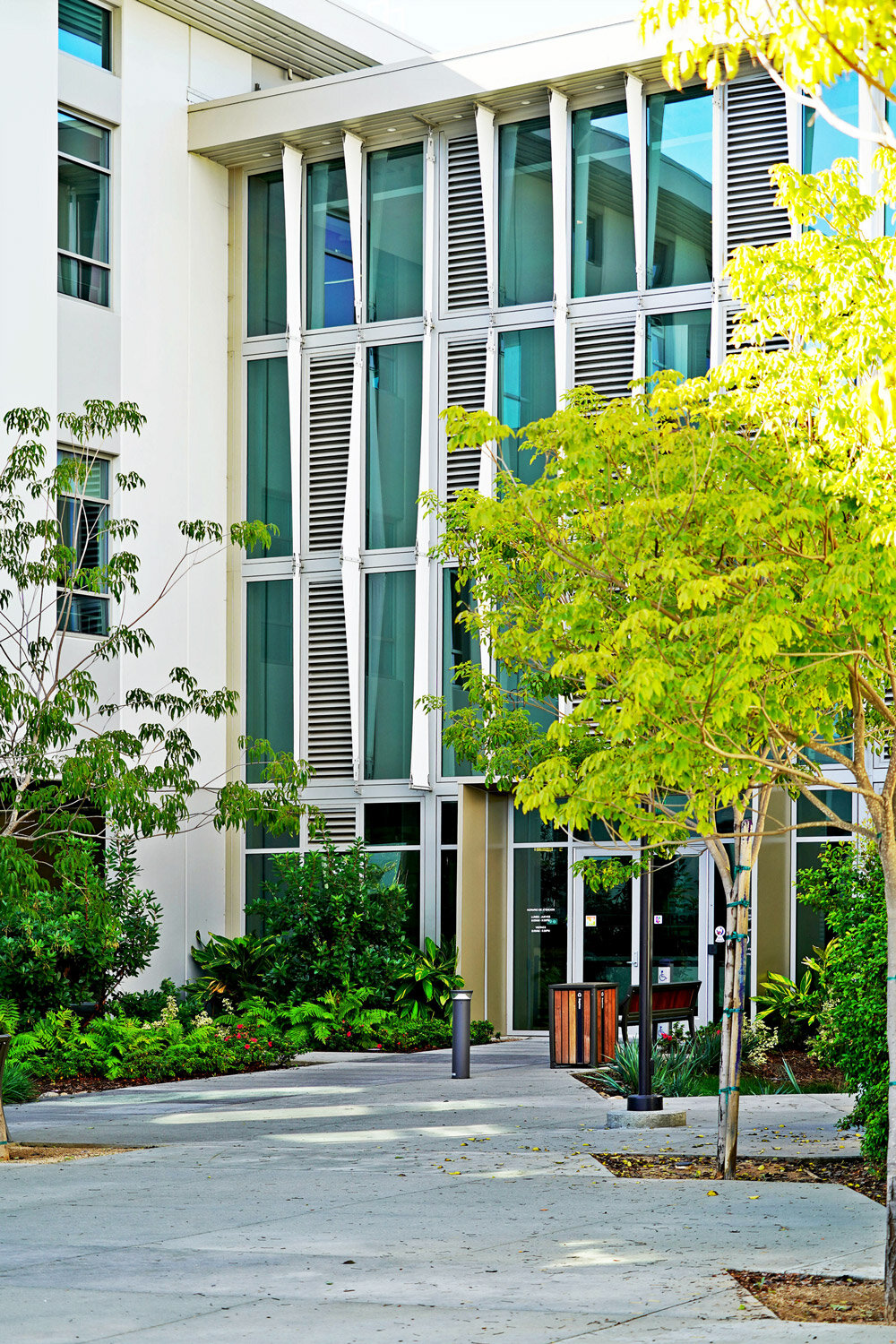
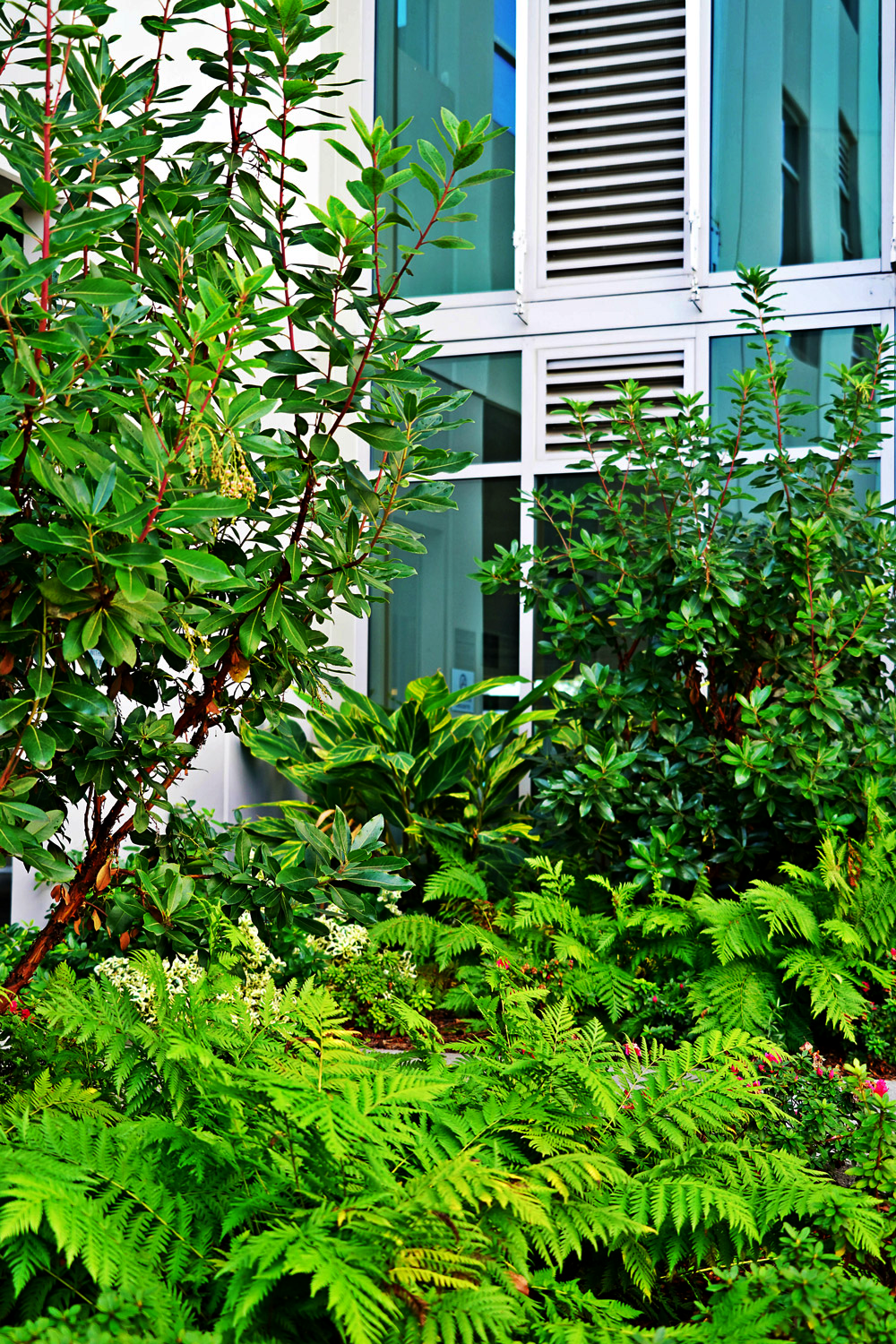
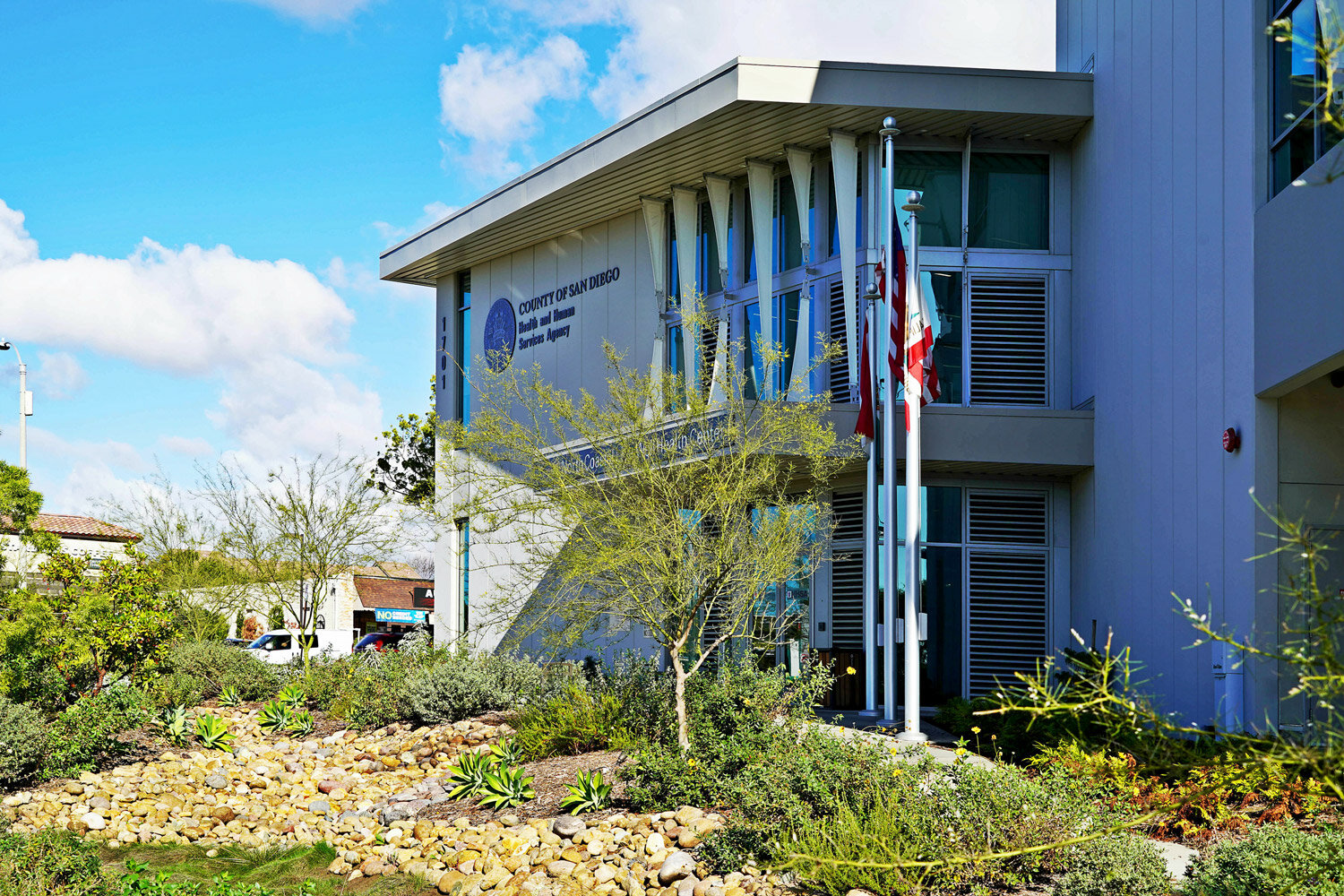

Learn from Three Sustainability Experts in Beautiful Mexico. Don’t Miss it!
You are invited to come to this amazing six-day retreat at Casa Werma in Patzcuaro, Mexico from January 16-21, 2020. Principal David McCullough, Kristen Victor of Sustainability Matters and green lifestyle-design strategist Kim Nadel will lead the program “Catalyzing Communities for a Regenerative World.” The retreat’s theme is aligned with the Paris Agreement and United Nations’ goals for climate control. Attendees will participate in dynamic exchange of ideas to help the communities of the City of Patzcuaro to develop sustainable systems that promote prosperity, health and well-being. Don’t miss this unique opportunity to collaborate with your peers and gain knowledge to use on your own projects at this stunning sunny location.
See the flyer to the right for more information.
Game-changing trends shape student housing in the bay area
Availability of adequate housing for students attending colleges and universities in the city of San Francisco is a major challenge. With a shortfall of over 60,000 beds, this mounting crisis will be addressed at BISNOW’s event on January 16, 2020. McCullough is happy to be part of the discussion as the Bay Area Student Housing Summit will discuss solutions to ease the lack of affordable housing, while providing outstanding networking with industry leaders.



